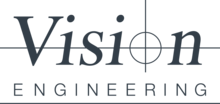Society has become more health conscious, and it has become common to carry a bottle of water or a health drink in backpacks or sports bags. As this trend has achieved mainstream adoption, the market for energy drinks has expanded exponentially.
Consumers tend to base their product selection on branding, flavour and price. Any thought given to packaging is generally centred on liking the design, and increasingly, the option to recycle the packaging.
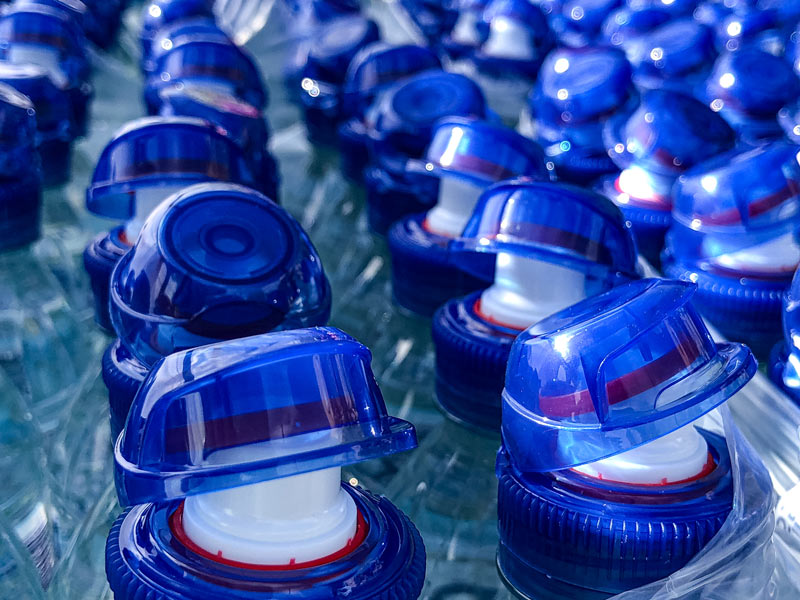
The importance of quality packaging
Whilst energy drink manufacturers respond to consumer packaging preferences, they also need to deliver robust, fit-for-purpose bottles. At its worst, sub-standard packaging could lead to product contamination, posing a serious health risk to consumers, leading to widespread product recalls.
Less serious, but still of concern to retailers, is leaking products which cannot be sold and need to be disposed of. Therefore, in order to avoid damage to reputation and a decrease in market share, manufacturers are firmly focused on ensuring their product comes in reliable packaging.
The packaging process
In order to ensure quality packaging, drinks producers commonly outsource the production of any packaging to specialist manufacturers who take their preferred design and create a high quality finished product. In many instances, packaging is made using plastic, as this is more durable than glass or aluminium. In the case of energy drinks, packaging design will often incorporate a re-sealable bottle cap.
Once the drinks manufacturer receives the bottles and bottle caps from the supplier they are transferred from goods-in to the packaging inspection area, where they are visually examined to ensure fitness for purpose. In this particular case study we look at the inspection process for the bottle caps.
The bottle cap inspection process
The integrity of the bottle caps is critical in preventing product leakage, deterioration, contamination or evaporation and so it is vital that any defective caps are scrapped before being sent to the filling area on the production line. Inspectors are tasked with ensuring that caps will fit snugly to form a tight seal, whilst still being easy for consumer to open and reseal. They will also check the material rigidity, strength and ageing resistance capacity. As the inspection process is destructive, batch checks rather than 100% inspections are carried out.
During the inspection process operators will place the bottle caps under a stereo microscope and visually inspect both the plastic and the seal. They will be looking for any short shots or colour variation within the plastic. The plastic must be of a uniform thickness and free from any abnormal particles or contaminants. The silicone seal in the flip top is also examined to ensure that it is leak proof.
Finally, the grooves on the inside of the bottle cap are checked for consistency to allow for a leak-proof seal when fitted to the bottleneck. The cap is also cut into cross sections for an extremely detailed view of the materials used and manufacture quality and consistency.
A quality inspection system for a quality bottle cap
Such an important and detailed part of the quality control process requires an exceptional 3D inspection system, such as the DRV-Z1. The inspection equipment must provide accuracy at the same time as ensuring efficiency of process and the DRV-Z1 delivers on both fronts.
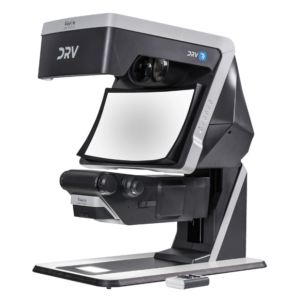
The large field of view allows members of the inspection team to view several bottle caps at one time, ensuring speedy throughput of items, whilst the long
working distance makes it simple for operators to manoeuvre the bottle caps with tweezers, avoiding risk of contamination through contact.
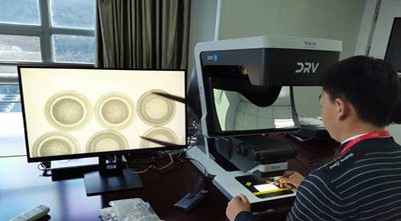
As the bottle cap has fine features that need to be inspected, the superb depth perception and high quality 3D image delivered by the DRV-Z1 is ideal for this particular application. The clarity provided makes it a simple to spot any defects in the internal grooves or any minute particles left behind during the moulding process.
Sub-stage illumination is also used under the bottom of the cap, offering an excellent view of the transparent element of the flip top cap further simplifying accurate assessment of both the seal and the grooves on the inside of the bottle cap. Furthermore, the ergonomic design of the DRV-Z1 ensures that operators remain comfortable throughout their entire shift allowing them to maintain productivity.
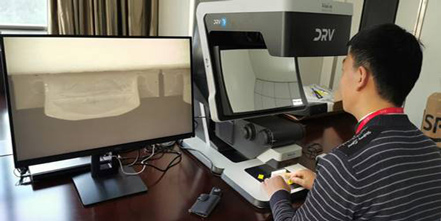
The final steps
Once bottles and bottle caps have passed all the necessary quality checks, they are sent to the filling and packaging area on the production line, which is often automated. At this point, the drinks product is dispensed into the plastic bottles at a high flow rate and bottle caps are fitted immediately to seal the containers. Labels are then placed on the bottles before they are packed onto trays for shipping.
This case study is based on the inspection process undertaken by one of our customers, who is an award-winning energy drink manufacturer. Vision Engineering is a world leader in ergonomic microscopy, digital 3D visualisation and metrology solutions. Our DRV-Z1 (Deep Reality Viewer) is a world first. Unlike any other inspection system, DRV-Z1 creates stunning 3D HD images which float in the air. What’s more, you don’t need any virtual reality headsets or special glasses.
DRV-Z1 combines the benefits of optical stereo microscopy with digital technology to give you natural 3D visualisation with outstanding depth perception. And you can even share those images in 3D HD on other DRV-Z1 displays around the world, in real time.


